Seasonal Spoonfuls (Winter): A guide to seasonal cooking from the Lovin’ Spoonfuls team
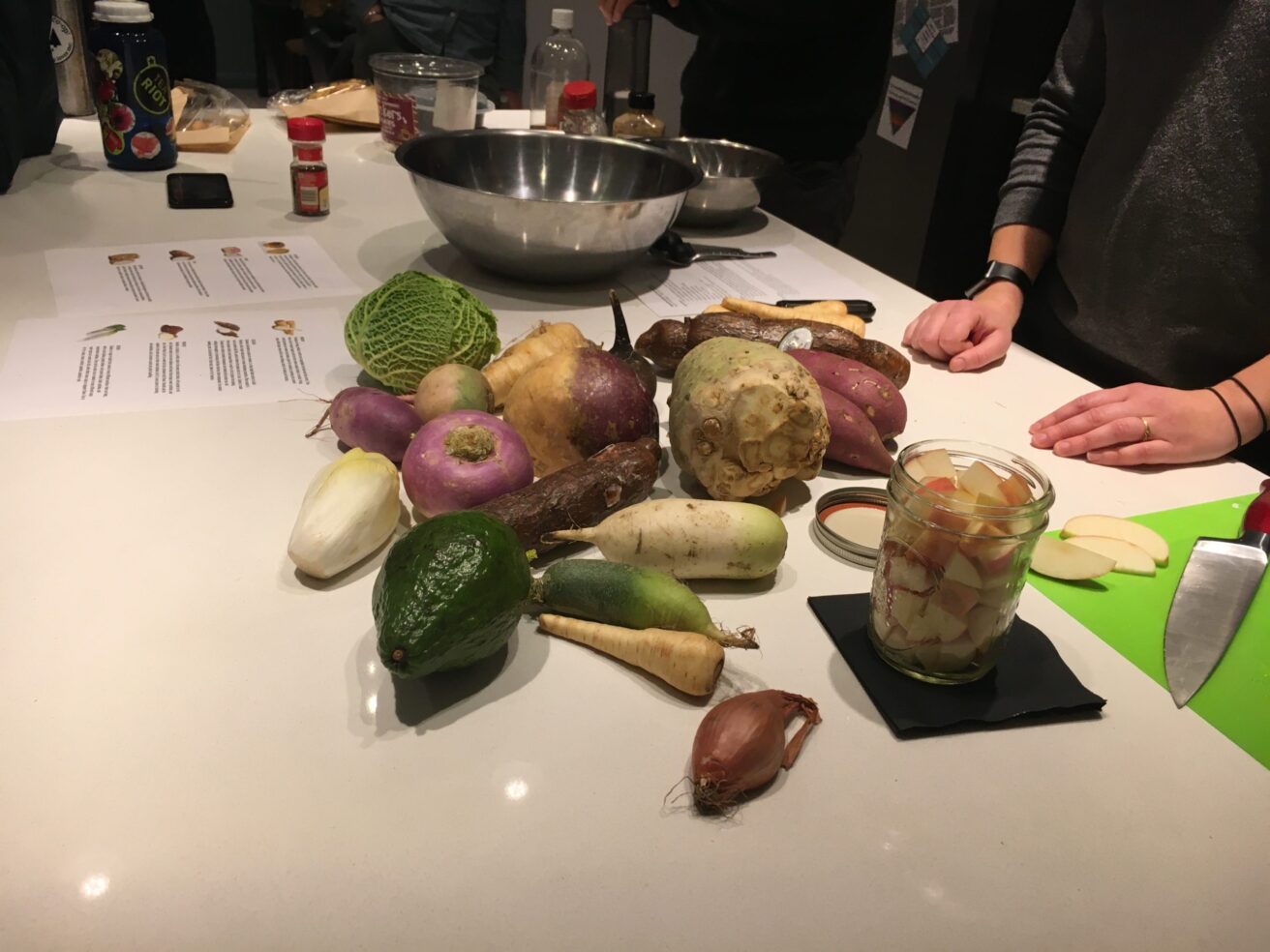
Article by Food Rescue Coordinator Anthony Summa and Recipe by Education Coordinator Cathy Pedtke
These days we are seeing the effects of climate change with increasing severity. Whether it is widespread forest fires, raising sea levels, or droughts, climate change is becoming the number one issue threatening society. Luckily, there are a number of ways to combat these issues, all surrounding personal dietary choices. For starters, eating less meat and dairy will lower your carbon footprint since so much land and water is needed to produce the feed for livestock. On top of this, focusing on reducing household food waste goes a long way towards curbing your environmental impact.
But one of the best ways to have a positive impact on the environment is to focus on eating local, seasonal fruits and vegetables. While it is amazing that we can walk into a grocery store and pick up some strawberries at any time of the year, just think about how far they had to travel when you reach for those mid-winter pints of berries. By focusing on local, seasonal produce you will cut down the amount of greenhouse gas emissions created through long-haul shipping, get fresher, more nutritionally dense fruits and vegetables, and get tastier products than those picked weeks earlier and shipped across the country. On top of these benefits you can feel good about supporting local companies and farms at the same time.
And if you just need to have those strawberries year round, you can always plan ahead and preserve a big batch in jams or jellies, or freeze them at peak freshness and enjoy them in smoothies and baked goods.
With all that said, keeping track of what is in season in Massachusetts can be difficult, so each season we will share a recipes crafted by our staff or partners that focuses on seasonal, locally sourced food. Along with that we will provide information on what is in season in our area.
Seasonal Produce – Winter
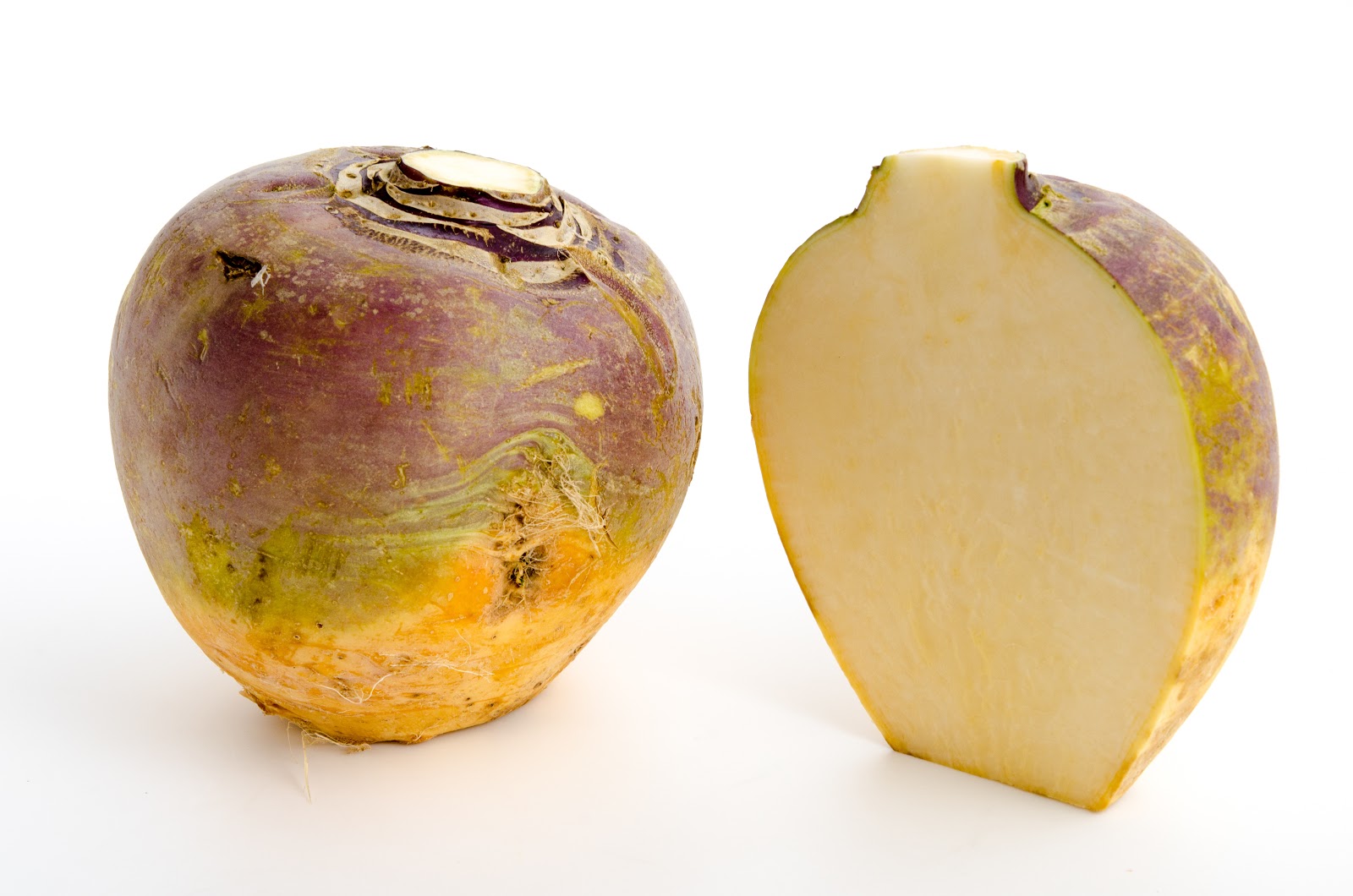
RUTABAGA
Rutabaga is a close relative to turnips, but is denser and starchier. They have a slight horseradish or mustardy zing! Often sold with a coating of wax on the outside to extend shelf life, it should be peeled before cooking. Boil, roast, or bake in chunks, or spiralize. It can also be eaten raw if very thinly sliced or grated and marinated for salads or slaws
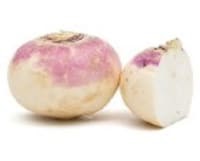
TURNIP
Young, small turnips are mild and great for snacking on raw, while larger late season turnips are best boiled, roasted, or baked. Less starchy and more crisp than rutabagas, turnips are great thinly sliced raw and can be a little spicy like radishes. Because of their higher water content, they are not great mashed or pureed.
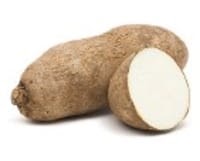
YAM
True yams are a tropical tuber not directly related to sweet potatoes. It has a hairy outer skin and an extremely starchy center without much flavor. Best boiled or steamed and mashed, or as a thickener for soups and stews.
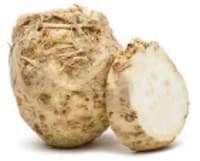
CELERIAC
Also known as celery root, celeriac is a thick bulb that grows at the base of a variety of celery, and has lots of small roots at the base. The center is dense and fibrous, and the flavor is slightly starchy with strong notes of celery and parsley. It can be eaten raw in salads or slaws, or roasted, baked, or boiled.
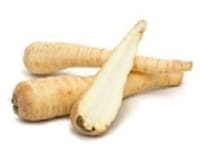
PARSNIP
Parsnips are long, yellow to white root vegetables that look much like carrots. They have a lot of natural sugars and are very sweet roasted, boiled, or mashed. Young, small parsnips are sweet and tender, great for mashing or pureeing into smooth soup, while larger ones will be more fibrous, better for baking and roasting.
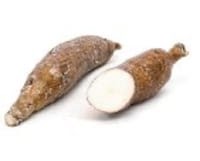
CASSAVA
Cassava, also know as yucca or manioc, is a long tough tuber native to South America, and a major food source in many developing countries. Often coated in wax to extend shelf life, and/or broken into pieces due to its size. Tapioca is made from cassava starch, and cassava flour is used in a lot of gluten-free baking. Cassava does contain cyanide compounds and should not be eaten raw, but cooking thoroughly or processing into flour destroys these compounds. For easiest cooking, peel, cut and boil first, then roast, bake or fry if desired.
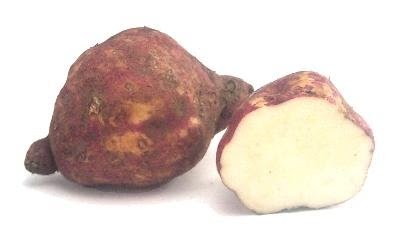
BONIATO
Boniato, or batata, is a white tuber in the sweet potato family, with purple to red skin. Boniato tends to be more bulbous and lumpy than orange sweet potatoes, and has a drier flesh. It isn’t as sweet but has a pleasant nutty flavor. Boniato can be cooked in the same way as other sweet potatoes, but it is more prone to bruising and oxidation, and so requires quick and gentle handling.
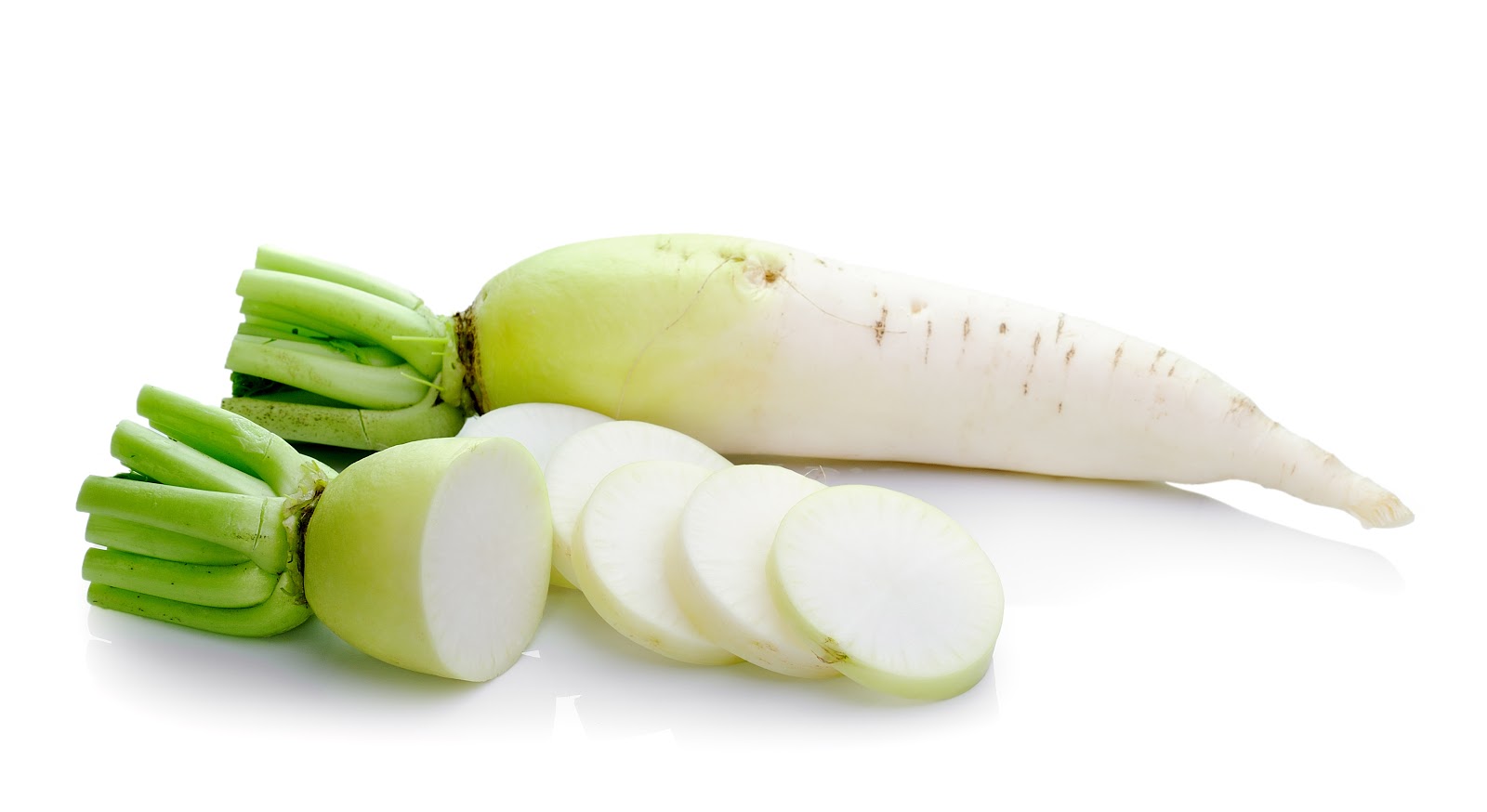
DAIKON
Daikon is a type of radish that comes in many different varieties: there are long, white icicle daikon, purple daikon, wide green daikon, black radishes, and watermelon radishes. They can be eaten raw or cooked in many different ways: some types are sweet and mild, while others have a spicy or peppery flavor. Use in stir-fry, soups, stews, roasted, poached, sauteed or raw!
Recipe: Roasted Roots
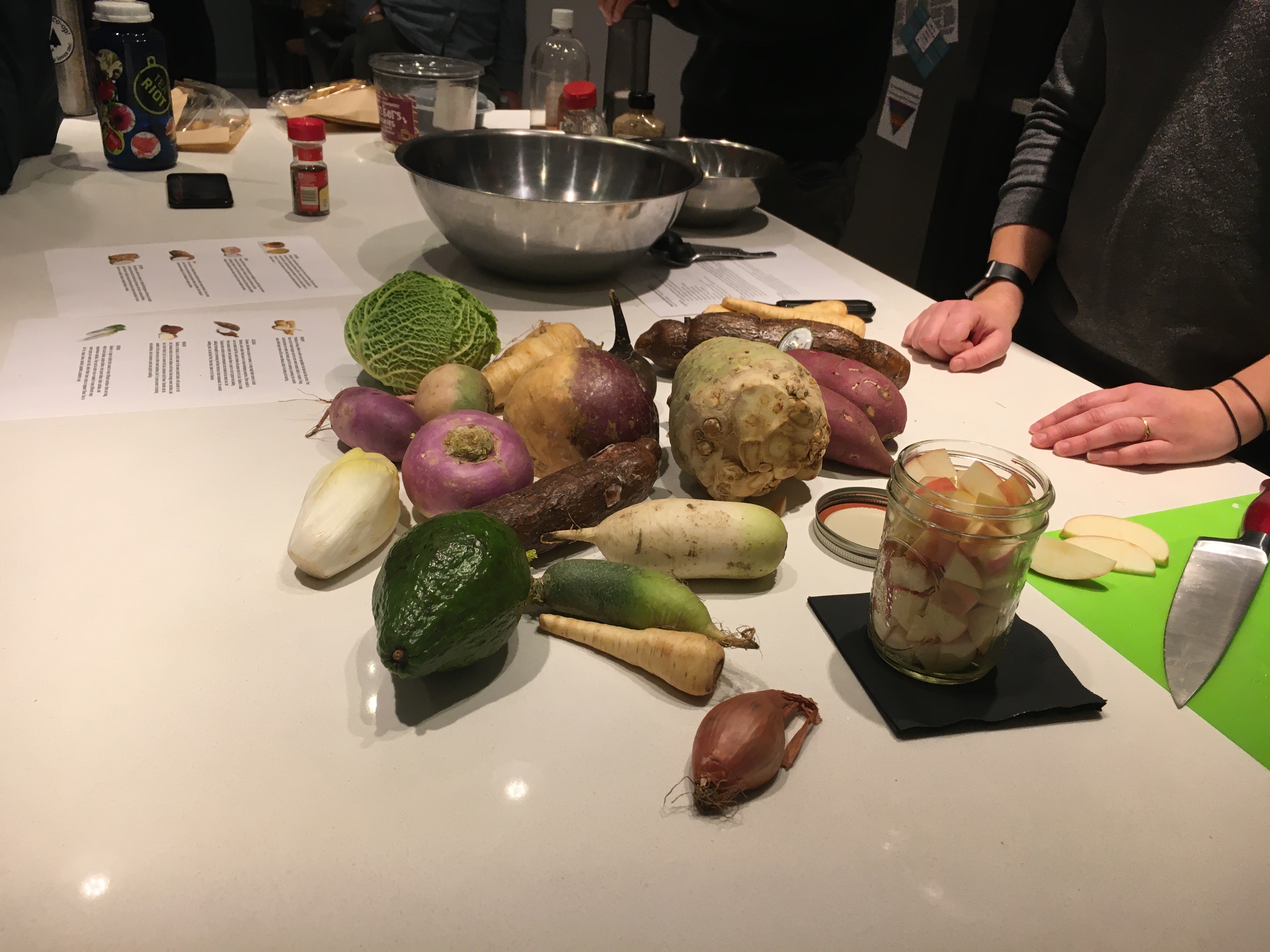
Yield: 6 servings Total time: 50 minutes
Ingredients
- 3-4lbs root vegetables (any kind: sweet potato, parsnip, turnips, rutabaga, yucca, beets, carrots, winter radishes, etc)
- 2 tbsp olive oil
- 1 tbsp rosemary, finely chopped (dried or fresh)
- salt & pepper
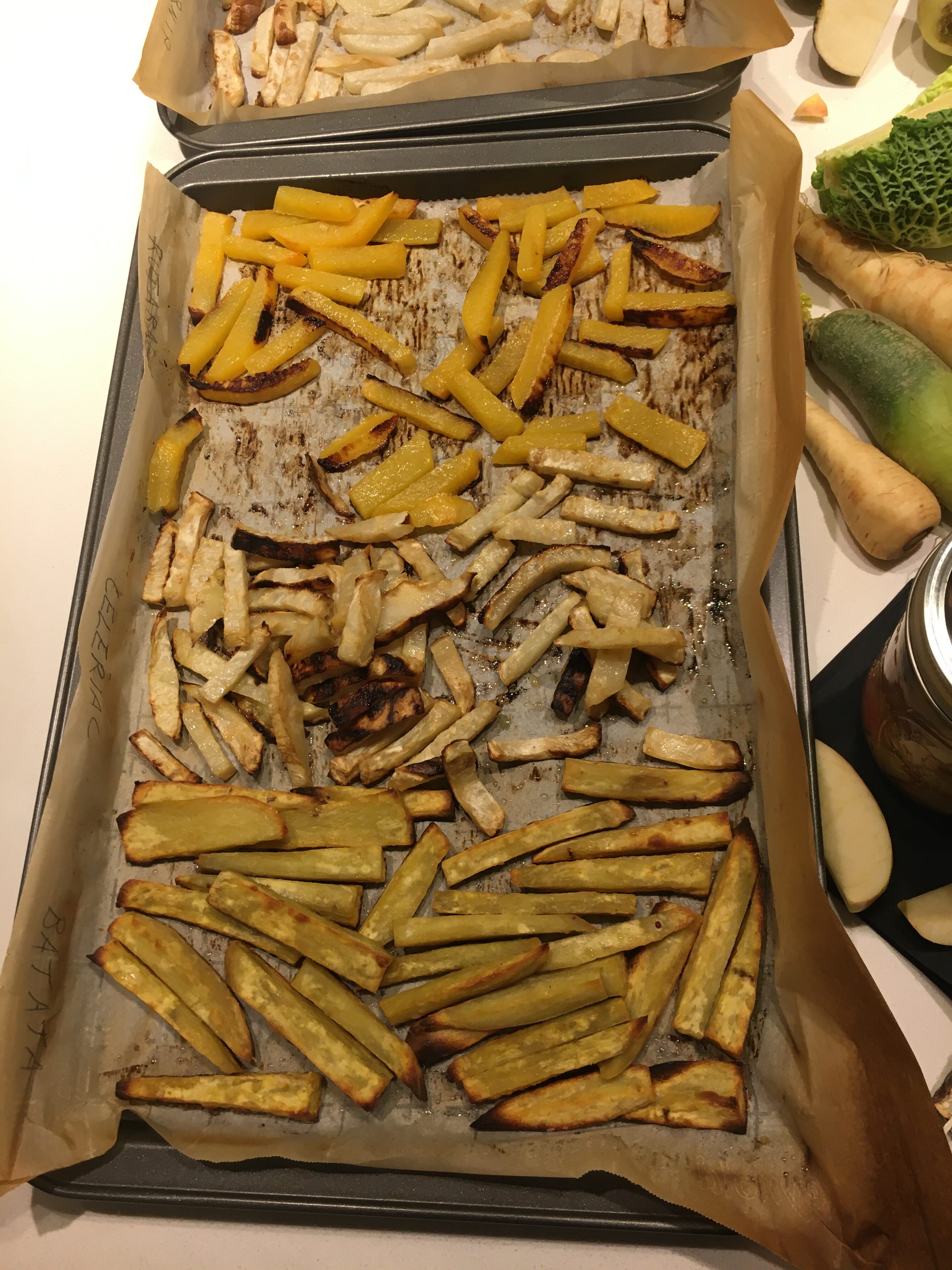
Directions
- Preheat oven to 400℉. Prepare a large baking sheet lined with foil or parchment for easy cleaning.
- Cut all root vegetables into 1 ½ inch chunks or large fries. The more similar in size the more evenly they will cook, but it’s okay to have some extra crispy little bits too!
- In a large bowl, combine root vegetables, olive oil, and rosemary. Toss until evenly coated, then spread on the baking sheet in a single layer.
- Sprinkle generously with salt and pepper and roast 30-40 minutes, tossing half-way through. Vegetables should be browned and crispy at the edges.
- Let cool slightly before serving.